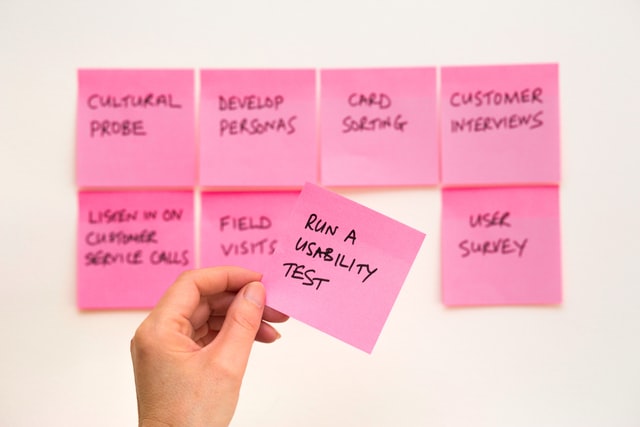Manually Testing New Widgets
Post Date: 07/23/2019
Last Updated: today at 1:37 AM

A brief primer in user testing. In this article, a Widget refers to anything you want it to. A Widget could be a product, feature, service, or whatever else needs testing.
Questions to ask
- Does Widget work as expected?
- Does Widget error as expected?
- Does Widget have documentation?
- Does Widget have helpful error messages?
- Is Widget intuitive?
Methods
- Go sub-Widget by sub-Widget (RECOMMENDED)
- Divide the new Widget into small Widgets
- Test each small Widget one by one
- Check the new Widget in its entirety and fix errors as they occur
- Use Widget as expected
- Use Widget in unexpected ways
Documentation
Why Should I Document?
- Defines WHAT the application should do and HOW to do it
- You are going to forget how things work
- Reading through the source code for an answer isn’t fun
- You’ll want to pass the application off to someone else
- Help your end users
Documentation Methods
- Guided tour through your application
- Text files (Markdown, LaTeX)
- Printed documents
- PDFs
- Slide show
- Help text
Good Practices
- DO create a useful and intuitive UX for your end users
- DO write in short, concise sentences
- DO explain features that are not obvious
- DO write for the user not the applications
- DO make it easy to find answers
- DO use pictures/images where appropriate
- DON’T rely on the end user actually reading it
Writing Documentation
- Step by step instructions
- Explain what feature does and why
- Assume end user has no prior experience/knowledge of the - application
- Keep task steps simple and isolated
- Add pictures/images to help end users follow along
Resources
More Posts

Website Development by Wayne Boka, Web Developer
© 2020-2023 Wayne Boka, All Rights Reserved